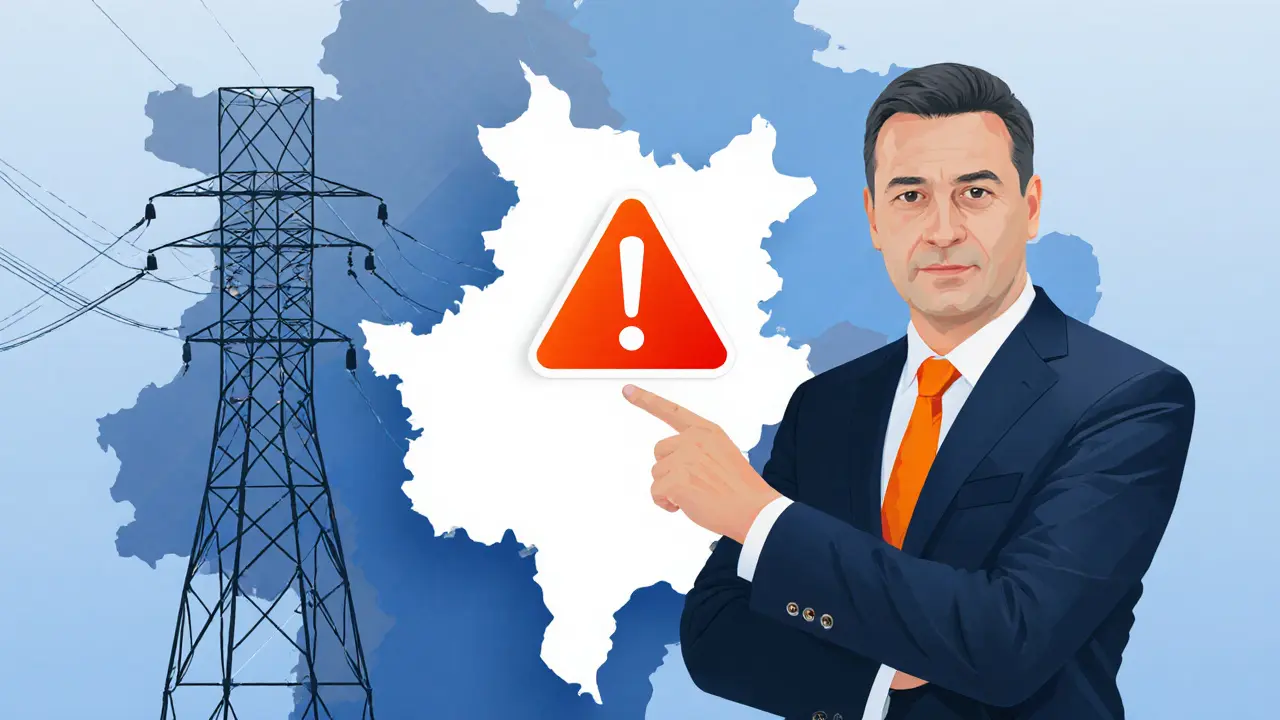Crypto Mining Legislation: What You Need to Know
When talking about crypto mining legislation, the set of laws, regulations and policy measures that govern the operation of cryptocurrency mining activities in a given jurisdiction. Also known as mining regulations, it determines who can mine, what equipment is allowed, and how emissions are reported. Crypto mining legislation doesn’t exist in a vacuum; it intertwines with crypto licensing, the process by which governments issue permits to entities that provide crypto‑related services, including mining operations, the EU’s MiCA, the Markets in Crypto‑Assets framework that creates a unified regulatory market across Europe, and regulatory sandbox, a controlled environment where innovators can test new blockchain and mining models under relaxed rules before full compliance is required. Understanding these building blocks helps you see why a miner in Texas faces different paperwork than a startup in Singapore, and how a change in one law can ripple through the whole ecosystem.
How Licensing, EU Rules and Sandboxes Shape Mining Rules
Every jurisdiction writes its own crypto mining legislation, but most share three common threads: a licensing requirement, an environmental assessment, and a compliance reporting schedule. In the United States, for example, miners must register as Money Services Businesses (MSBs) and obtain state‑level licenses, a step that directly links crypto licensing to mining activity. The European Union’s MiCA framework now forces all member states to adopt a baseline set of mining standards, meaning the same MiCA rule can trigger licensing updates across 27 countries at once. This creates a semantic triple: MiCA influences crypto licensing, which in turn governs crypto mining legislation. Meanwhile, regulatory sandboxes let pilot projects experiment with low‑energy proof‑of‑stake models without triggering full licensing, effectively providing a bridge between experimental tech and formal legislation. Countries like Thailand have launched sandbox programs that specifically welcome mining‑related innovations, showing that regulatory sandbox programs facilitate compliance pathways for crypto mining legislation. The result is a patchwork where global trends, such as China’s hard mining ban, push other regions to tighten their own rules, and where EU harmonization efforts offer a counterbalance by standardizing expectations.
What ties all these pieces together is the practical impact on miners, investors and service providers. The collection below walks you through real‑world examples: a step‑by‑step US licensing guide, a deep dive into China’s mining ban and its market fallout, an overview of how MiCA’s passport works for cross‑border mining services, and a how‑to on joining a regulatory sandbox to test greener mining protocols. You’ll also find analyses of country‑specific licensing in Thailand, Iran’s exchange bans, and the broader implications of sandbox programs on future legislation. By the time you finish, you’ll have a clear map of the legal landscape, the tools you need to stay compliant, and actionable insights you can apply whether you’re running a small rig or scaling a multinational operation. Let’s get into the details that matter most for anyone navigating today’s crypto mining legislation.

Kosovo's 2022 Crypto Mining Ban: What Happened and What It Means
Apr 15, 2025, Posted by Ronan Caverly
Discover why Kosovo banned crypto mining in 2022, how the ban was enforced, its current status in 2025, and the impact on investors, users, and the energy grid.
MORESEARCH HERE
Categories
TAGS
- decentralized exchange
- crypto exchange review
- cryptocurrency
- crypto coin
- CoinMarketCap airdrop
- smart contracts
- tokenomics
- cryptocurrency exchange safety
- crypto exchange
- cryptocurrency airdrop
- crypto airdrop
- cryptocurrency exchange
- crypto airdrop guide
- blockchain token distribution
- DeFi
- crypto exchange scam
- crypto airdrop 2025
- Ethereum
- cross-chain interoperability
- ERC-20
